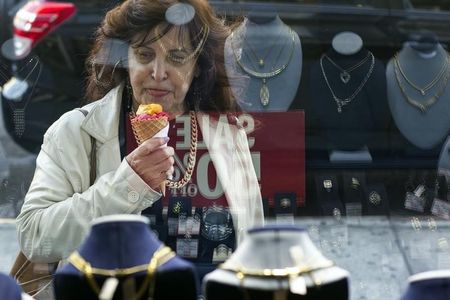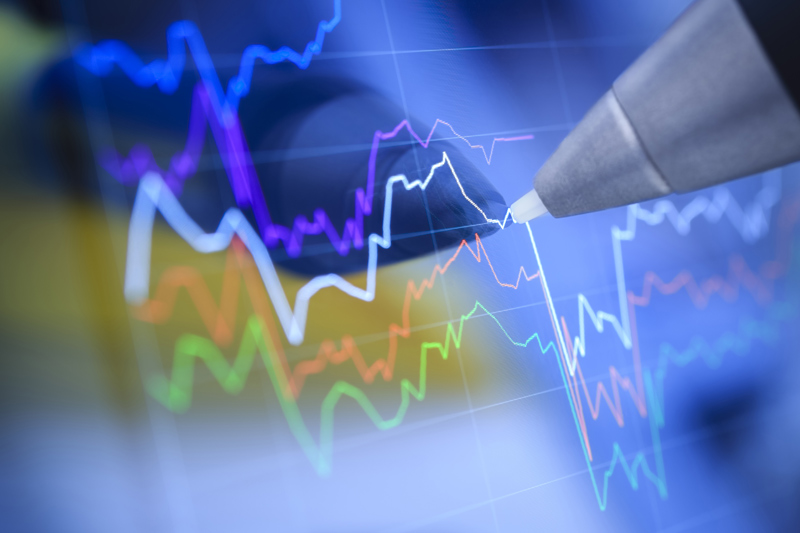By Lucia Mutikani
WASHINGTON (Reuters) - U.S. consumer spending fell for the first time in eight months in September, suggesting the economy lost some momentum heading into the fourth quarter.
The slowdown in consumer spending, however, is likely to be temporary, as other data on Friday showed wages in the third quarter recorded their largest increase in more than six years.
Consumer spending declined 0.2 percent last month after a 0.5 percent increase in August, as demand for goods tumbled and demand for services barely rose, Commerce Department data showed.
Economists polled by Reuters had expected consumer spending, which accounts for more than two-thirds of U.S. economic activity, to increase 0.1 percent in September.
"We expect lower energy prices to be a positive for consumers and look for a pickup in spending growth in the fourth quarter," said John Ryding, chief economist at RDQ Economics in New York.
When adjusted for inflation, consumer spending fell 0.2 percent. That was the first drop since April and followed a 0.5 percent rise in August.
In a separate report, the Labor Department said its Employment Cost Index, the broadest measure of labour costs, increased 0.7 percent after advancing by the same margin in the second quarter.
Wages and salaries, which account for 70 percent of employment costs, rose 0.8 percent in the third quarter, the largest increase since the second quarter of 2008. They had gained 0.6 percent in the second quarter.
Various business surveys have been hinting at an acceleration in wage growth. The third-quarter increase in wages and salaries is a welcome sign for the labour market.
Federal Reserve officials on Wednesday gave a fairly upbeat assessment of the labour market, dropping their characterisation of labour market slack as "significant" and replacing it with "gradually diminishing."
SPENDING SEEN REBOUNDING
U.S. Treasury debt prices on Friday extended losses on the mixed data, while the dollar hit its highest level since June 2010 against a basket of currencies. U.S. stock index futures were trading higher.
The consumer spending data was included in Thursday's gross domestic product report, which showed the economy expanded at a 3.5 percent annual rate in the third quarter after growing at a 4.6 percent pace in the second quarter.
The softer consumer spending at the end of the third quarter could add to expectations of slower growth in the final three months of the year. A report on Tuesday showed unexpected weakness in business spending plans for equipment in September.
But with gasoline prices at a near four-year low and improving wage growth, consumer spending is likely to rebound in the months ahead.
Income rose 0.2 percent in September after increasing 0.3 percent in the prior month. With income growth outpacing consumption, savings jumped to $732.2 billion, the highest level since December 2012, from $702 billion in August.
That lifted the saving rate to 5.6 percent from 5.4 percent in August.
Weak consumption kept a lid on inflation last month. A price index for consumer spending edged up 0.1 percent after slipping 0.1 percent in August. In the 12 months through September, the personal consumption expenditures (PCE) price index rose 1.4 percent for a second straight month.
Excluding food and energy, prices rose 0.1 percent for a third consecutive month. The so-called core PCE price index increased 1.5 percent in the 12 months through September.

Both price measures continue to run below the U.S. central bank's 2 percent inflation target.
(Reporting by Lucia Mutikani; Editing by Paul Simao)
